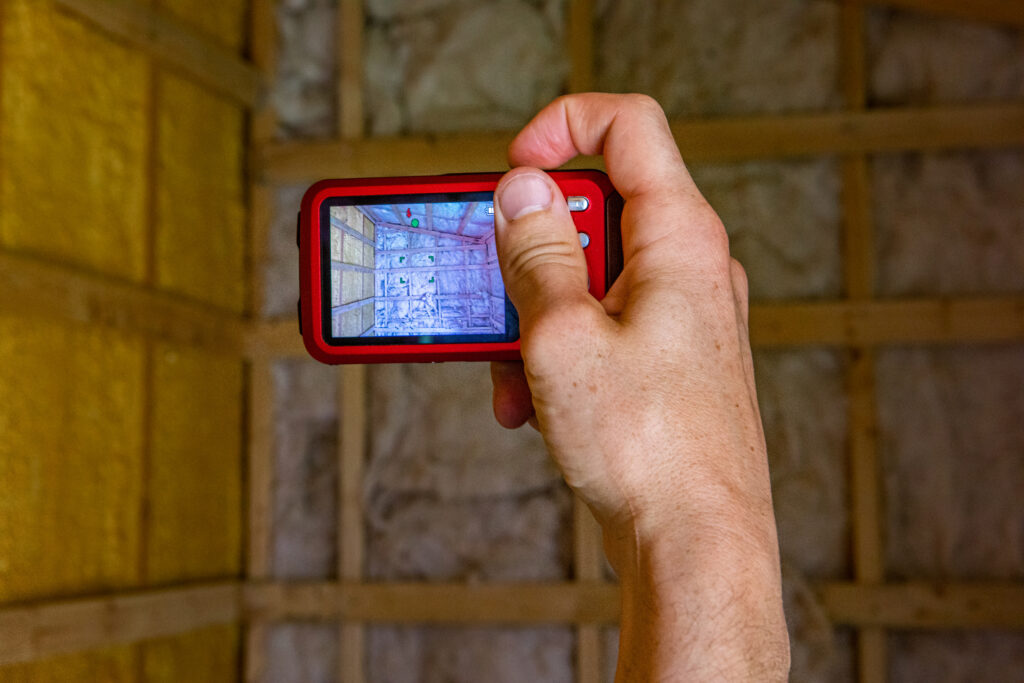In the realm of modern technology, infrared cameras stand out as remarkable tools that allow us to see beyond the visible spectrum of light. From detecting heat signatures to uncovering hidden flaws in materials, these devices offer a fascinating glimpse into the world of thermal energy. In this article, we’ll delve into the inner workings of infrared cameras, exploring how they capture and interpret infrared radiation to reveal what the naked eye cannot see.
Understanding Infrared Radiation: Before diving into how infrared cameras work, it’s essential to grasp the concept of infrared radiation. Unlike visible light, which we perceive as colors ranging from red to violet, infrared radiation exists just beyond the red end of the spectrum, with wavelengths longer than those of visible light. Every object with a temperature above absolute zero emits infrared radiation, making it a valuable source of information about an object’s thermal properties.
Principles of Infrared Imaging: Infrared cameras, also known as thermal imaging cameras or thermographic cameras, function based on the principle of detecting and measuring infrared radiation emitted by objects. Here’s how they work:
- Infrared Sensor: At the heart of an infrared camera is an infrared sensor, typically made of materials such as indium antimonide or mercury cadmium telluride. These sensors are highly sensitive to infrared radiation and convert it into electrical signals that can be processed and displayed as images.
- Optics: Just like traditional cameras, infrared cameras utilize lenses to focus incoming infrared radiation onto the sensor. However, instead of glass lenses, infrared cameras often use special materials, such as germanium or chalcogenide glass, that are transparent to infrared radiation.
- Detection and Conversion: When infrared radiation strikes the sensor, it generates electrical signals proportional to the intensity of the radiation. These signals are then amplified and converted into digital data by onboard electronics.
- Image Processing: The digital data collected by the sensor is processed by sophisticated algorithms to create thermal images. These images represent the distribution of infrared radiation across the scene, with different colors or shades indicating variations in temperature.
Applications of Infrared Cameras: Infrared cameras have a wide range of applications across various industries and fields, including:
- Building Inspections: Infrared cameras can identify areas of heat loss or moisture intrusion in buildings, helping to improve energy efficiency and prevent structural damage.
- Electrical Inspections: Infrared cameras are used to detect overheating electrical components, such as faulty wiring or malfunctioning circuit breakers, before they lead to equipment failure or fires.
- Industrial Maintenance: Infrared cameras are valuable tools for monitoring equipment and machinery in industrial settings, detecting hot spots or mechanical failures that may indicate impending breakdowns.
Conclusion: Infrared cameras offer a fascinating glimpse into the hidden world of thermal energy, allowing us to visualize and interpret infrared radiation beyond the limits of human perception. By harnessing the principles of infrared imaging, these devices provide valuable insights across a wide range of applications, from building inspections to medical diagnostics. As technology continues to advance, the potential of infrared cameras to uncover the invisible and enhance our understanding of the world around us is virtually limitless.

